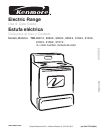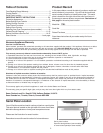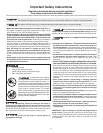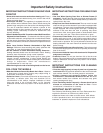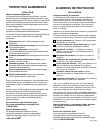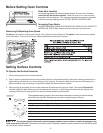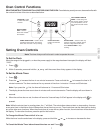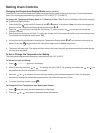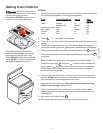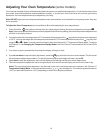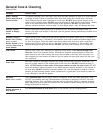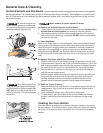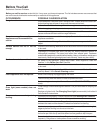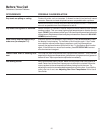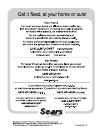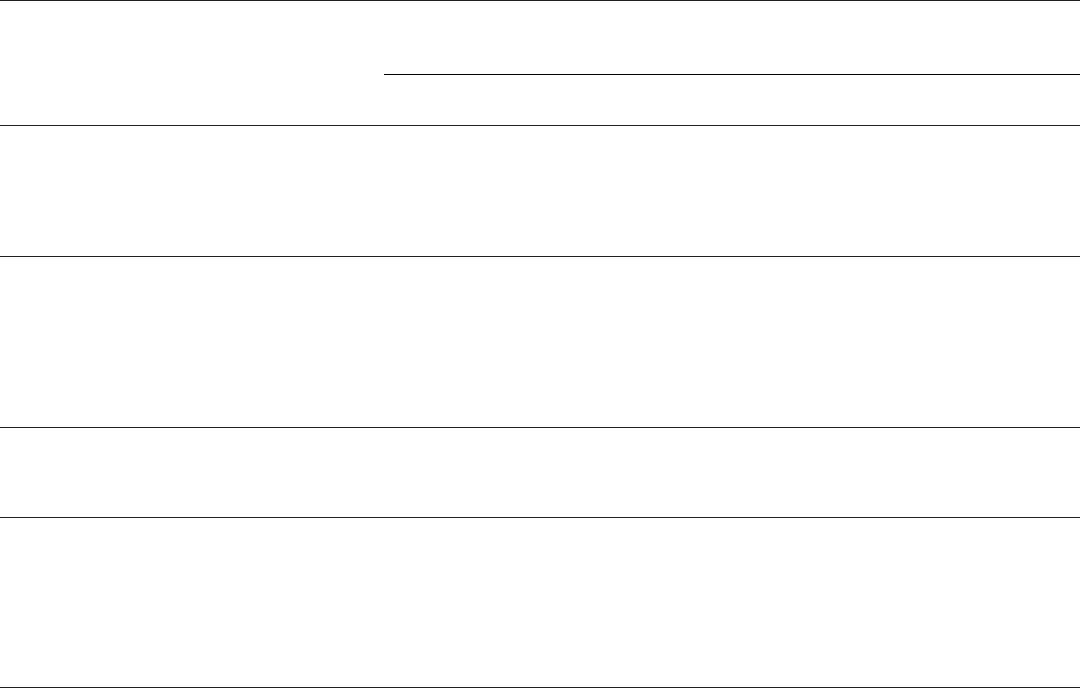
15
OCCURRENCE
Drip bowls are pitting or rusting.
Drip bowls turning color or distorted.
Flames inside oven or smoking from
vent.
POSSIBLE CAUSE/SOLUTION
Foods with acids, such as tomatoes, if allowed to stand in/on bowls will cause
corrosion. Remove and wash drip bowls as soon as possible after a spillover
Normal environment. Houses along sea coast are exposed to salt air. Protect bowls
as much as possible from direct exposure to salt air.
Bottom surface of cookware extends beyond surface elements and touches
cooktop surface. This can cause high enough temperatures to discolor the drip
bowls. DO NOT use cookware of this type. Pan sizes should be matched to the size
of the element. Replacement bowls may be purchased from Sears at 1-800-4-MY-
HOME® (see back cover).
ENGLISH
Before You Call
Solutions to Common Problems
Your oven will most likely smoke after a spillover has occurred ... this is normal,
especially for high oven temperatures, pie spillovers or large amounts of grease on
bottom of oven. Wipe up excessive spillovers immediately.
Poor baking results.
Oven control beeps & displays any F
code error (for example F11).
Electronic control has detected a fault condition. Press STOP/CLEAR to clear
the display & stop beeping. Try the Bake or Broil function again. If the F code
error repeats, remove power suppy to appliance, wait 5 minutes and then
repower the appliance and set clock time of day. Try the Bake or Broil function
again. If the fault recurs, record fault number, press STOP/CLEAR & contact
an authorized service agent.
Many factors affect baking results. Make sure the proper oven rack position is
used. Center food in the oven & space pans to allow air to circulate. Allow the
oven to preheat to the set temperature before placing food in the oven. Try
adjusting the recipe's recommended temperature or baking time. If you feel the
oven is too hot or cool, see Adjusting Your Oven Temperature in this Use &
Care Guide.



